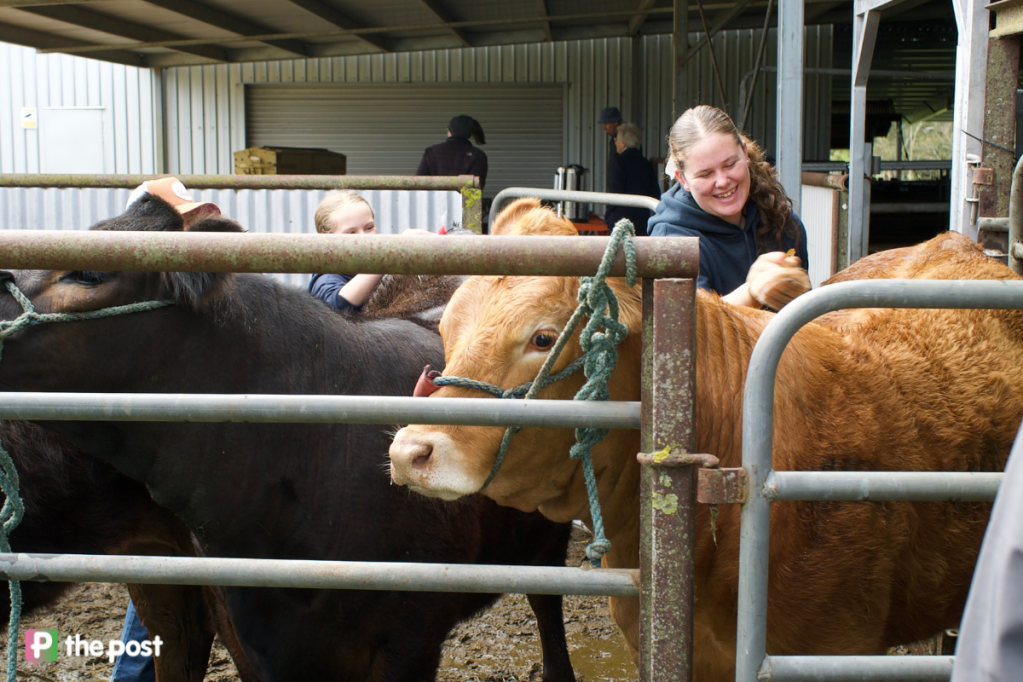Succession planning: Who’s next?
Successful businesses know they need open communication and a plan to ensure continuity, writes Suzy Munt, Partner, BDO Business Services and Family Business.

Handing over control to someone else is never easy – this is true in life and perhaps even more so in business. Whether it be ownership, management or another role, it is important that we not only learn to “let go” when necessary but ensure there’s someone with the right knowledge and skills, ready, willing and able to step up.
Taking a best practice approach to succession planning in your business will not only ensure that the right person – or people – are there to step in if something goes wrong but also develops a pipeline of future leaders, aids in staff development and retention and supports your exit strategy.
The following are the key succession planning issues for business owners and leadership teams and the steps to taking a best practice approach to ensure business continuity into the future.
What is succession planning?
When thinking about succession planning, it is often family businesses that spring to mind. While this is certainly a key issue for families, it is important that all businesses consider and plan for the next generation of leadership.
Succession planning can be considered in two parts: Ownership succession and management succession.
While the right person for each of these roles may indeed be the same, it’s equally likely that they won’t be – and your planning should reflect this.
In both cases, your plan should map out who and what is required in order for your future plans to be realised. Whether you plan to exit the business or pass it on to the next generation, a succession plan makes sure you have the right processes and people in place, at the right time.
Businesses that do this well share a couple of key characteristics: They have strong and effective communication and good governance practices.
They understand that succession planning based on assumptions is doomed to fail, and they make sure that necessary conversations with the relevant people are ongoing – building clarity and mutual understanding.
They also understand the intersection between their succession plan, other business plans and their personal asset, wealth and estate plan – how and where they overlap and need to align.
Other business plans include the strategic plan, talent development and HR plans, and overall governance framework for both business and family.
You might like
Key succession planning issues to consider
No matter the size or stage of your business, there are several key considerations common to all SMEs in regards to succession and continuity planning.
Planning ahead for exit
We’ve already mentioned the role of succession planning in realising your future plans for the business, but the importance of clarity in those goals cannot be overestimated. In particular, knowing your exit strategy and planning to achieve it is vital.
No business owner wants to reach a point where they are ready to exit or pass on management, but find they haven’t got the right people in place to make that happen.
Knowledge transfer
Many business owners retain too much vital knowledge in their own heads. If something were to suddenly happen to them, that knowledge goes with them and leaves the business in an untenable position.
It’s important that knowledge transfer takes place before it’s too late – not only verbally to the intended successor/s, but also written into procedures, processes, policies and information documents.
Identifying future leaders
The right person to replace an owner, manager or other key role in the business may not always be the obvious or assumed choice. Conversely, the person you identify as an ideal successor may not share your passion for the business or values.
Be objective in your assessment of potential successors and, once identified, make sure they have the knowledge and professional development required to fulfil the role.
Recognising potential leaders in your business, or lack thereof, as early as possible is vital to succession planning.
Developing and retaining successors
Once business owners have put time and effort into developing the next generation of leadership, it can be tempting to offer them a stake in the business as a method of keeping them.
This approach is not without merit but comes with a “warning label” attached.
Carefully consider the future impacts of sacrificing any ownership, and whether you’ve done everything else possible to retain these key people. Are you looking after them as well as you can? Is your workplace culture one they would want to stay in long-term? Are you communicating with them openly and regularly about your plans, and their goals?
Three steps to best practice succession planning
While it’s true that no two businesses are the same, when it comes to implementing a best practice approach to succession planning, there are steps that all businesses should incorporate.
Stay informed, daily
- Establish the “lay of the land”
Engage the relevant stakeholders in your business and get a picture of the current state of play.
For example, what are the current roles and responsibilities of each key person? What are your and their future plans, both professionally and personally? What ideas do you and they have for the future of the business and their roles? How do these align with the business’s strategic and operational plans?
This is the perfect opportunity to establish open and clear communication around succession planning with the relevant people in your business.
- Identify gaps and required actions
The “gaps” we refer to here are between the current lay of the land, and your goals and strategy. At this stage, you are looking to identify the actions that will help align the two.
Do you have the right people in the business, or will you need to employ some? What development do they need in order to step up? Do you have position descriptions for each of the roles in your business? Are the timeframes attached to your goals realistic, or will they need to be adjusted?
- Plan to achieve your goals
Using all the information you’ve gathered so far, break down your goals into three categories: Short term, medium term and long term.
Step out the path to achieving each of those goals and, in particular, the policy and development or transition milestones along the way. This forms the basis of your succession plan.
You’ll need to be flexible in the execution of your plan to accommodate unforeseen circumstances, such as the exit of a potential future leader, but remain accountable to the overarching goals.
When planning the path to succession, it can be helpful to consider the “4Ls” approach taken in family business:
Learn business, Learn OUR business, Learn to lead and Learn to let go.
For each of these stages, there are education and leadership development milestones that can be applied in any business – not only those involving family succession. Download our flyer to learn more about the 4Ls.
An ongoing process
To achieve business continuity, you must continuously plan. This includes an ongoing process of reviewing and revising your succession plan, in conjunction with other business and personal plans.
It can be useful to keep a running agenda item for leadership meetings, but at the very least you should conduct a thorough review once a year to maintain alignment with your strategy and goals.
Businesses that take a best practice approach to succession planning can look to the future with greater certainty, knowing they have the right people and processes in place to ensure continuity, achieve their goals and continue their legacy.
Discover more about the succession planning process and how to apply a best practice approach in your business – get in touch with your local adviser.
BDO’s ‘Best practice for SMEs’ series is designed to ensure you, and your business operations, are at the top of your game throughout the year. No matter which industry you’re in, we’ll help equip you and your team with the resources and information to help you thrive.
This article is a version of one first published at bdo.com.au on 15 September 2022.








